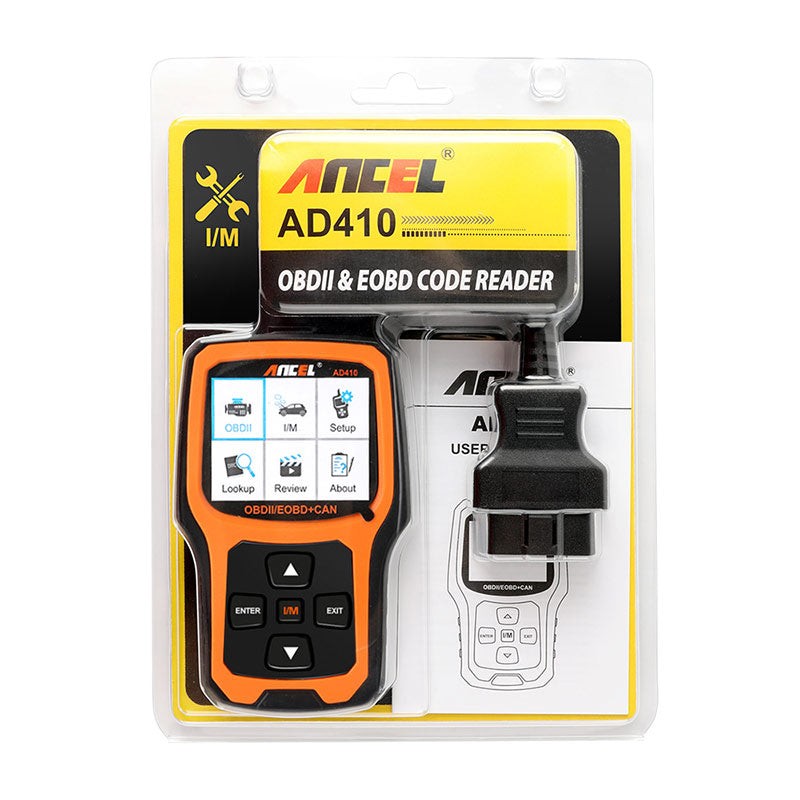An OBD2 scanner is more than just a code reader; it’s a powerful tool that can help you understand and improve your car’s performance. By accessing your vehicle’s onboard computer, an OBD2 scanner provides a wealth of data that can be used to diagnose issues, monitor vital systems, and even make adjustments to optimize performance. This guide will delve into how to leverage an OBD2 scanner to fine-tune your car’s performance.
 OBD2 Scanner Connected to a Car
OBD2 Scanner Connected to a Car
Using an OBD2 Scanner for Performance Tuning
An OBD2 scanner opens a window into your engine’s inner workings. By monitoring key parameters, you can identify areas for improvement and make informed decisions about maintenance and modifications.
1. Monitoring Fuel Trim for Optimal Efficiency
Fuel trim data reveals how your engine is adjusting the fuel-to-air ratio. A positive fuel trim indicates the engine is adding fuel to compensate for a lean condition, while a negative fuel trim means it’s reducing fuel due to a rich condition. By monitoring long-term and short-term fuel trim values, you can identify potential issues like vacuum leaks, faulty oxygen sensors, or clogged fuel injectors. Addressing these problems can significantly improve fuel economy and performance.
2. Analyzing Engine RPM and Load
Monitoring engine RPM in real-time allows you to see how your engine responds under different driving conditions. Combining this with load data, which indicates how hard the engine is working, can help you pinpoint performance bottlenecks. For example, consistently high RPM at low speeds might indicate a slipping transmission or dragging brakes.
3. Checking Manifold Absolute Pressure (MAP)
The MAP sensor measures the air pressure inside the intake manifold. This data is crucial for determining the correct air/fuel mixture. Deviations from the expected MAP readings can point towards issues like boost leaks (in turbocharged engines), vacuum leaks, or a faulty MAP sensor itself. Correcting these problems can restore power and improve efficiency.
4. Monitoring Engine Coolant Temperature (ECT)
The ECT sensor ensures the engine operates within its optimal temperature range. An engine running too hot or too cold can negatively impact performance and fuel economy. Monitoring ECT with an OBD2 scanner helps identify potential cooling system problems like a faulty thermostat or low coolant levels.
Beyond Diagnostics: Advanced OBD2 Features
Many OBD2 scanners offer advanced features beyond basic diagnostics, further enhancing your ability to adjust performance:
5. Live Data Logging
Recording live data streams allows you to analyze trends and identify intermittent problems that might be missed during a static scan. This data can be invaluable for diagnosing complex performance issues.
6. Customizing Vehicle Settings (Car Coding)
Some advanced OBD2 scanners allow access to vehicle-specific settings, enabling you to modify parameters like automatic door locking speed, lighting behavior, and even certain engine performance characteristics. However, caution is advised when modifying these settings, as improper adjustments can negatively affect your vehicle.
Conclusion: Unleashing Your Car’s Potential
An OBD2 scanner is an essential tool for anyone seeking to understand and improve their car’s performance. By monitoring vital engine parameters and utilizing advanced features, you can diagnose problems, optimize efficiency, and unlock hidden potential. Investing in a quality OBD2 scanner empowers you to take control of your car’s performance and enjoy a more satisfying driving experience. While an OBD2 scanner can provide valuable insights and even allow for some adjustments, complex performance tuning often requires specialized tools and expertise. Consult a qualified mechanic for significant modifications.
